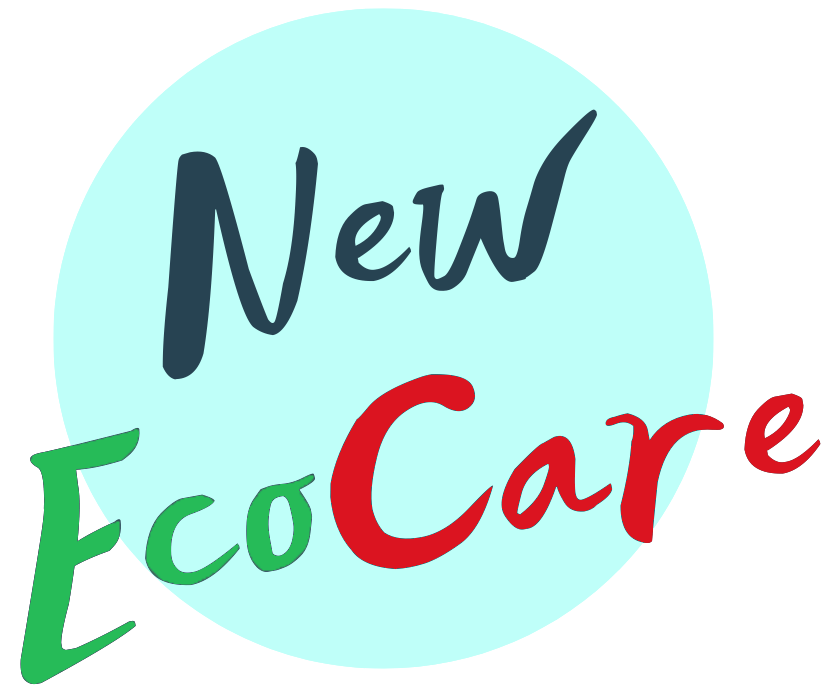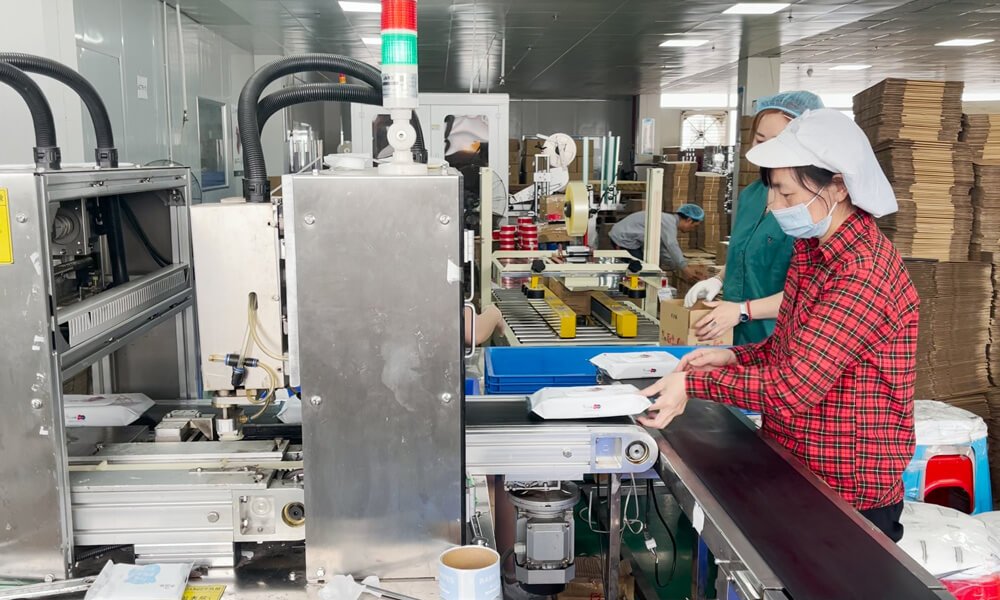Der komplizierte Prozess der Herstellung von Feuchttüchern spiegelt eine ausgeklügelte Mischung aus Materialwissenschaft, chemischer Technik und Verbraucherwissen wider. Wenn wir uns die einzelnen Aspekte der Produktion genauer ansehen, wird deutlich, dass dieses gemeinsame Produkt das Ergebnis eines komplexen und sorgfältig kalibrierten Prozesses ist.
Inhaltsübersicht
Einführung in die Evolution der Feuchttücher
Historischer Hintergrund
Feuchttücher, die ursprünglich als einfache Lösung für die Säuglingshygiene entwickelt wurden, haben eine bedeutende Entwicklung durchgemacht. Ursprünglich aus einfachen Materialien hergestellt und in ihrer Funktionalität eingeschränkt, haben sie sich in vielseitige Produkte verwandelt, die eine breite Palette von Verwendungszwecken abdecken, von der Körperpflege bis zu industriellen Anwendungen. Dieser Wandel ist Ausdruck einer innovativen Entwicklung, die von den Bedürfnissen der Verbraucher und dem technologischen Fortschritt angetrieben wird.
Moderne Verwendung und Popularität
In der heutigen Gesellschaft sind Feuchttücher nicht mehr auf die Babypflege beschränkt. Ihre zunehmende Verbreitung in verschiedenen Bereichen - einschließlich Gesundheitswesen, Kosmetik und Haushaltsreinigung - unterstreicht ihre wachsende Beliebtheit. Diese weit verbreitete Akzeptanz ist ein Beweis für ihre Bequemlichkeit, Wirksamkeit und Anpassungsfähigkeit an unterschiedliche Anforderungen.
Kernmaterialien: Die Grundlage von Wet Wipes
Verwendete Gewebetypen
Die Auswahl des Stoffes ist eine wichtige Entscheidung bei der Herstellung von Feuchttüchern. Vliesstoffe, die wegen ihrer Weichheit, Haltbarkeit und Saugfähigkeit bevorzugt werden, reichen von Naturfasern wie Baumwolle und Bambus bis zu synthetischen Fasern wie Viskose und Polyester. Jedes Material bringt einzigartige Eigenschaften mit, die die Funktionalität des Tuchs bestimmen - sei es sanfte Pflege für Babytücher oder robuste Reinigung für industrielle Tücher.
Die Rolle der Feuchthaltemittel
Feuchthaltemittel sind entscheidend für die Eigenschaften von Feuchttüchern. Sie bestehen in der Regel aus Wasser als Basis, ergänzt durch verschiedene Zusätze wie Aloe vera zur Beruhigung, Antiseptika zur Desinfektion oder milde Reinigungsmittel zur Reinigung. Die Formulierung dieser Mittel wird sorgfältig ausgearbeitet, um Sicherheit, Wirksamkeit und ein angenehmes Benutzererlebnis zu gewährleisten.
Der Herstellungsprozess: Ein schrittweiser Leitfaden
Vorbereiten des Vliesstoffs
Der erste Schritt bei der Herstellung von Feuchttüchern ist die Vorbereitung des Vliesstoffs. Dieser Prozess umfasst die Auswahl der geeigneten Faserzusammensetzung und die Bildung einer bahnartigen Struktur durch Verfahren wie Spun Lace oder Airlaid. Der resultierende Stoff muss ein ausgewogenes Verhältnis zwischen Weichheit für den Benutzerkomfort und Zugfestigkeit für die Haltbarkeit aufweisen.
Imprägnieren des Gewebes mit Lösungen
Die Imprägnierung, d. h. die Tränkung des Gewebes mit einer feuchtigkeitsspendenden Lösung, ist von entscheidender Bedeutung. Dieser Schritt erfordert Präzisionsmaschinen, um sicherzustellen, dass die Lösung gleichmäßig über das Gewebe verteilt wird. Der Sättigungsgrad wird sorgfältig kontrolliert, um eine optimale Feuchtigkeit zu gewährleisten, ohne dass es zu einer Übersättigung kommt, die die Integrität des Tuchs beeinträchtigen könnte.
Benetzungsmittel: Sicherstellung einer effektiven Befeuchtung
Arten von Benetzungsmitteln
Die Auswahl der Benetzungsmittel in Feuchttüchern variiert je nach Verwendungszweck. So enthalten Baby-Feuchttücher oft sanfte Reinigungsmittel und Feuchtigkeitsspender, um die empfindliche Haut zu schützen, während Desinfektionstücher Alkohol oder andere antimikrobielle Mittel für eine wirksame Desinfektion enthalten können. Die Formulierung dieser Mittel ist ein empfindliches Gleichgewicht aus Wirksamkeit und Hautverträglichkeit.
Gleichgewicht zwischen Feuchtigkeit und Konservierung
Die Aufrechterhaltung des richtigen Feuchtigkeitsniveaus ist entscheidend für die Wirksamkeit und Langlebigkeit von Feuchttüchern. Dazu gehört nicht nur die Auswahl geeigneter Benetzungsmittel, sondern auch die Zugabe von Konservierungsmitteln, um mikrobielles Wachstum zu verhindern. Die Herausforderung besteht darin, sicherzustellen, dass diese Konservierungsmittel wirksam sind und gleichzeitig sicher und nicht reizend für die Haut sind.
Verpackung: Bewahrung von Frische und Hygiene
Arten von Verpackungsmaterialien
Die wichtigsten Tipps für die Verpackung von Feuchttüchern sind die Erhaltung der Feuchtigkeit und der Schutz des Produkts vor Verunreinigungen. In der Regel stehen Kunststoffbehälter, wiederverschließbare Weichpackungen und individuelle Beutel zur Verfügung, die jeweils auf unterschiedliche Nutzungsszenarien und Verbraucherpräferenzen abgestimmt sind.
Versiegelungstechniken für Frische
Eine wirksame Versiegelung ist entscheidend für den Erhalt der Feuchtigkeit und Hygiene von Feuchttüchern. Techniken wie Heißsiegeln und Klebeverschlüsse werden eingesetzt, um eine luftdichte Versiegelung zu gewährleisten, die ein Austrocknen der Tücher verhindert und sie für den Gebrauch sauber und hygienisch hält.
Qualitätskontrolle und Normen
Einhaltung von Vorschriften
Ein grundlegender Aspekt bei der Herstellung von Feuchttüchern ist die Einhaltung gesetzlicher Normen. Diese Normen, die je nach Region und Art des Tuchs variieren, gewährleisten, dass die Produkte für den Verbraucher sicher sind und den Umweltrichtlinien entsprechen. Die Einhaltung der Normen umfasst strenge Prüf- und Zertifizierungsverfahren. Normen, die von Organisationen wie der FDA oder EPA in den Vereinigten Staaten gewährleisten, dass die Tücher für den Verbraucher sicher und umweltverträglich sind.
Prüfung auf Sicherheit und Wirksamkeit
Die Prüfprotokolle für Feuchttücher decken verschiedene Aspekte ab, darunter Hautreizungen, Allergenität und die Wirksamkeit von Reinigungs- oder antimikrobiellen Wirkstoffen. Durch diese umfassenden Tests wird sichergestellt, dass die Tücher nicht nur sicher im Gebrauch sind, sondern auch ihre beabsichtigte Funktion effektiv erfüllen.

Umweltaspekte bei der Produktion von Feuchttüchern
Biologische Abbaubarkeit und Nachhaltigkeit
Mit zunehmendem Umweltbewusstsein hat die Entwicklung hin zu biologisch abbaubaren und nachhaltigen Materialien bei der Herstellung von Feuchttüchern an Dynamik gewonnen. Dieser Wandel umfasst die Erforschung von Naturfasern, die Entwicklung biologisch abbaubarer Netzmittel und die Einführung von Herstellungsverfahren, die die Umweltauswirkungen minimieren.
Innovationen in der umweltfreundlichen Produktion
Zu den Innovationen im Bereich der umweltfreundlichen Herstellung gehören die Verwendung recycelter Materialien, die Reduzierung des Wasser- und Energieverbrauchs und die Entwicklung kompostierbarer Tücher. Diese Bemühungen zielen darauf ab, den ökologischen Fußabdruck von Feuchttüchern zu verringern und einen nachhaltigen Konsum zu fördern.
Die Zukunft der Feuchttücher: Aufkommende Trends und Entwicklungen
Technologische Fortschritte
Die Zukunft der Herstellung von Feuchttüchern ist eng mit technologischen Fortschritten verbunden. Die Entwicklung von Feuchttüchern wird voraussichtlich durch Fortschritte im Bereich der Materialwissenschaft, die Integration automatisierter Systeme in die Produktion und die Einführung von Herstellungsverfahren, die mit Umweltbelangen in Einklang stehen, vorangetrieben werden. Diese Fortschritte werden die Effizienz erhöhen, die Kosten senken und die Nachhaltigkeit der Produkte verbessern.
Verbrauchergesteuerte Veränderungen
Die Präferenzen der Verbraucher spielen eine wichtige Rolle bei der Gestaltung der Zukunft der Feuchttücher. Trends wie die steigende Nachfrage nach natürlichen und biologischen Inhaltsstoffen, umweltfreundlichen Verpackungen und für bestimmte Anwendungen maßgeschneiderte Tücher beeinflussen die Richtung der Produktentwicklung und der Marketingstrategien.
Schlussfolgerung: Die sich ständig weiterentwickelnde Welt der Feuchttücher
Der Weg zur Herstellung von Feuchttüchern umfasst ein komplexes Zusammenspiel von Materialauswahl, Produktionsverfahren, Qualitätskontrolle und Umweltaspekten. Jeder Aspekt dieses Prozesses trägt dazu bei, ein Produkt zu schaffen, das die unterschiedlichen Bedürfnisse und Erwartungen der Verbraucher erfüllt.
Die Feuchttuchindustrie entwickelt sich ständig weiter und steht vor der Herausforderung, die Anforderungen der Verbraucher mit der Verantwortung für die Umwelt in Einklang zu bringen. Innovationen bei Materialien und Herstellungsverfahren sowie die Einhaltung von Qualitäts- und Regulierungsstandards werden für die Zukunft dieser dynamischen Branche entscheidend sein. Die fortlaufende Entwicklung von Feuchttüchern spiegelt unsere sich verändernde Welt wider, in der Komfort, Sicherheit und Nachhaltigkeit zunehmend miteinander verwoben sind.

